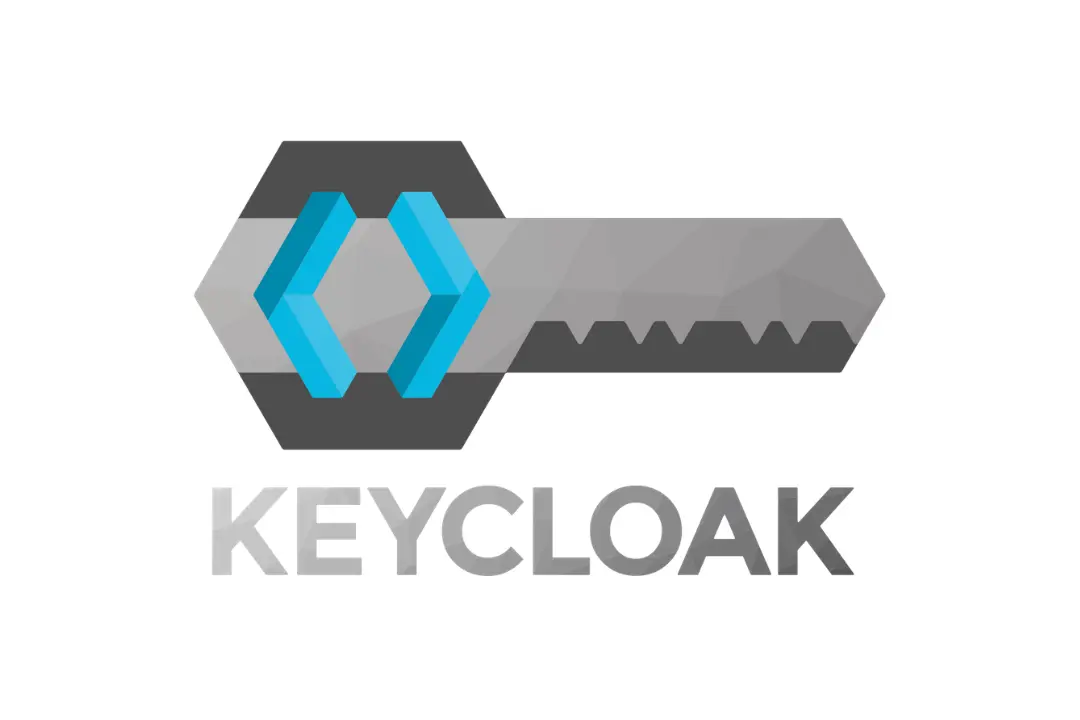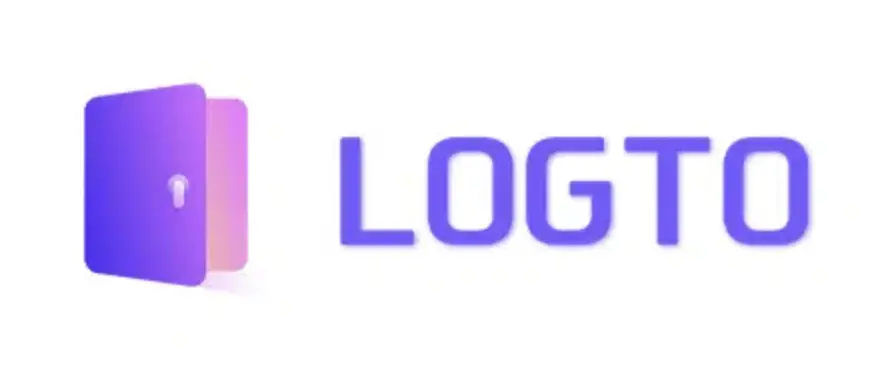The best providers for authenticating AI agents via OAuth and OIDC in 2025
A practical guide to the best OAuth/OIDC platforms for securing autonomous AI agents.
As AI agents become more autonomous, organizations must ensure they can authenticate securely when interacting with APIs, systems, and customer data. While OAuth 2.0 and OpenID Connect (OIDC) have long powered login experiences for users, they are increasingly being used to authenticate non-human actors: AI agents, service bots, workflow engines, and LLM-powered automations.
This shift introduces new identity requirements. AI agents must be able to obtain scoped tokens, rotate credentials, respect least-privilege rules, and interact with external APIs without human intervention. At the same time, engineering teams must prevent agents from overreaching permissions, impersonating users, or leaking secrets.
Implementing OAuth/OIDC flows manually for agents requires expertise in token issuance, rotation, refresh flows, scopes, client credentials, and security hardening. This is difficult to build, scale, and maintain, especially as agents proliferate.
This article will walk through why agent authentication matters, what risks are emerging, what to look for in an OAuth/OIDC provider for AI systems, and the top providers to consider outsourcing this task to.
Why you need to authenticate your AI agents (and what can go wrong if you don’t)
AI agents increasingly act on behalf of users or organizations, querying CRMs, updating tickets, generating documents, retrieving financial data, and modifying records. But unlike humans, who log in, act, and log out, agents run at machine speed, operate autonomously, and chain actions together in ways no human ever would. That’s why authentication is essential: agents need a clear identity, organizations need control over what they’re allowed to do, and APIs need strong trust boundaries to keep autonomous systems in check.
Without proper authentication, the risks compound quickly. An AI agent deployed to summarize support tickets might also start updating customer records, deleting files, or spamming APIs thousands of times per minute, not out of malice, but simply because nothing in the system defined what it should or shouldn’t be allowed to do. With the right identity and permissions in place, these agents can operate safely inside enterprise environments; without it, they can cause outsized damage in seconds.
These are the risks we see repeatedly when AI agents aren’t authenticated with strong identity boundaries:
- Token misuse or exfiltration: Agents often store credentials inside logs, config files, or memory dumps, making them easier to steal than human passwords. Short-lived and tightly scoped tokens sharply limit the blast radius.
- Over-permissioned agents: It’s common to give agents broad permissions “just to get them working,” but an AI with too much power can unintentionally write, delete, or manipulate data far outside its intended role. At machine speed, this can cause widespread damage in seconds. Least-privilege scoping keeps agents safely constrained.
- Agent impersonation: If agents don’t have their own identities, their activity becomes indistinguishable from user actions. This makes it impossible to see who did what, or whether an attacker is hiding behind the agent’s access. Giving agents dedicated identities restores accountability and auditability.
- Unbounded automation loops: AI agents don’t pause when something looks off. A small misalignment can escalate into thousands of repeated API calls, updates, emails, or data writes. Rate limits, granular scopes, and clear identity boundaries prevent autonomous loops from turning destructive.
- Lack of meaningful audit trails: When agent actions blend into general system activity, investigating issues becomes guesswork. You need logs that clearly attribute each action to the correct human or agent, especially during incidents. Dedicated agent identities and audit logs enable trustworthy forensic analysis.
OAuth and OIDC bring the guardrails that autonomous systems desperately need:
- Scoped, least-privilege tokens that define exactly what an agent can do.
- Short-lived access tokens that minimize the damage of leaks.
- Refresh flows that rotate credentials automatically.
- Fine-grained permissions so you can limit high-risk actions.
- Instant revocation to kill compromised agents immediately.
These patterns turn AI agents from unpredictable automation engines into governed, auditable, and safe participants in your system.
What to look for in an OAuth/OIDC provider for AI agents
When evaluating providers specifically for agent authentication, prioritize:
- First-class support for non-human identities: AI agents aren’t humans, so they need service accounts, client credentials, and automated token flows that match how they operate. A good provider should make it easy to issue, rotate, and manage these identities without relying on human logins. This ensures each agent has a predictable, secure way to authenticate at machine speed.
- Granular scopes and least-privilege controls: Agents should only have permission to do the exact tasks they’re meant to perform, nothing more. Tightly scoped OAuth permissions prevent an agent from accidentally modifying or deleting sensitive data outside its role. Granularity is what keeps small mistakes or misaligned prompts from becoming destructive.
- Short-lived tokens: Because agents run continuously, tokens must expire frequently and refresh automatically. Short token lifetimes reduce the impact of leaks, while automated refresh flows prevent outages or operational burden. A provider should support this without brittle workarounds or manual intervention.
- Multi-tenant support: If your SaaS app serves many organizations, agents must operate on behalf of each tenant with strict isolation. A strong provider lets you issue independent identities, tokens, and scopes per organization. This prevents one tenant’s agent from ever touching another tenant’s data.
- Enterprise readiness: AI agents often interact with sensitive business systems, so enterprise features become critical: audit logs, IP allowlists, policy enforcement, and SCIM provisioning. These tools help you monitor agent behavior, enforce rules, and integrate with enterprise governance. Without them, incidents become harder to contain or explain.
- Strong developer experience: AI agent authentication should be easy to build and maintain, not a source of friction. Look for clear documentation, predictable APIs, and SDKs that simplify machine-to-machine flows. Good DX ensures your team can focus on the agent’s capabilities, not on wrestling with identity infrastructure.
- Pricing and scalability: Agents can multiply quickly as your product adds more automation, sometimes growing faster than your human user base. You need a provider whose pricing remains predictable and doesn’t spike as you scale. Otherwise, identity costs can quietly balloon as agents proliferate across tenants.
Let’s see now some of the best OAuth providers for AI agents’ authentication.
1. WorkOS

WorkOS is built to make enterprise authentication simple for SaaS apps, and that includes AI agents acting on behalf of users or organizations. With robust OAuth/OIDC support, consistent APIs, and multi-tenant design, WorkOS lets engineering teams authenticate agents securely without building identity primitives in-house.
Pros
- Unified OAuth/OIDC layer for many IdPs: Integrate once and support enterprise providers like Okta, Entra ID, Google Workspace, and more.
- Strong multi-tenant model: Map agents to organizations, enforce scoped access, and audit actions per tenant.
- Developer-first APIs: Clean client credential flows, easy token handling, and strong documentation simplify agent integration.
- Fastest path to enterprise-readiness: Built-in audit logs, protection against bots, SSO, and SCIM help SaaS teams support agent authentication at scale.
- Transparent pricing: Free for up to 1 million monthly active users, making it cost-effective for early-stage and scaling SaaS teams.
Cons
- Not a full IAM suite: WorkOS focuses on enterprise features like SSO, automated user provisioning, access control, and audit logs, not the entire enterprise IT stack. Full IAM suites (like Okta Workforce Identity or Microsoft Entra ID) include extra features for managing internal employees, devices, and compliance, but for most SaaS teams, that added complexity isn’t necessary.
WorkOS is best for SaaS companies that need to authenticate AI agents across many customer IdPs with minimal engineering complexity.
2. Auth0

Auth0 is a flexible identity platform that supports complex OAuth and OIDC flows. Its extensibility makes it appealing for AI agent authentication, but its complexity and cost can be challenges for fast-moving teams.
Pros
- Deep OAuth/OIDC capabilities: Supports service accounts, custom claims, and granular scopes ideal for agent identity.
- Highly customizable: Rules and Actions allow for tailored agent security policies.
- Large integration ecosystem: Connects well with enterprise IdPs and backend systems.
Cons
- Complex implementation: Significant configuration and expertise required for secure agent flows.
- Expensive at scale: Agent proliferation can cause pricing to spike.
- Multi-tenancy challenges: Requires additional logic for SaaS products with many organizations.
- Steep learning curve: High flexibility means more developer burden.
- Limited guided onboarding: Enterprise customers configuring OAuth may require more support.
3. Okta

Okta is best known as a workforce identity provider, but its customer identity offering includes OAuth and OIDC. It is enterprise-trusted but not optimized for fast-moving AI agent use cases.
Pros
- Enterprise-trusted: Many customers already use Okta, easing integrations.
- Strong security features: Conditional access, MFA, policies, and governance.
- Stable OAuth/OIDC flows: Predictable and standards-compliant.
Cons
- Designed for workforce identity first: More overhead for SaaS teams authenticating agents.
- Complex setup: Requires navigating a dense admin portal.
- Fragmented product lines: Workforce vs. Customer Identity Clouds add confusion.
- Costly at enterprise tiers: Advanced features require premium plans.
- Less developer-friendly: Steeper learning curve for app builders.
If you need a full IAM solution that covers the entire enterprise IT stack and you have the budget for it, Okta is a good option.
4. Keycloak

Keycloak is a popular open-source identity server with powerful OAuth/OIDC capabilities. It’s flexible and self-hostable, making it appealing for teams who need complete control over agent identity, but it requires significant ops investment.
Pros
- Open-source and self-hosted: Full ownership of agent identity infrastructure.
- Robust OAuth/OIDC support: Ideal for client credentials, service accounts, and automation.
- Extremely customizable: Adapt flows, policies, and UI deeply to agent behaviors.
Cons
- High operational overhead: You manage upgrades, security patches, failover, and scaling. Be prepared for the hidden costs of open source.
- Not turnkey: Longer setup and maintenance compared to hosted platforms.
- Complex configuration: Requires expertise to secure and manage correctly.
- Limited multi-tenant simplicity: Needs custom architecture for SaaS environments.
- Weaker enterprise onboarding: No built-in guided setup for customers.
Keycloak can be a good option for engineering-heavy organizations that want total control of OAuth/OIDC infrastructure for AI agents and have the resources to dedicate to the endeavour.
5. Logto

Logto is a modern, developer-friendly identity solution designed for product teams that want to support OAuth/OIDC without heavy complexity. It’s newer than the other players but offers a smooth developer workflow.
Pros
- Developer-centered design: Lightweight, modern APIs ideal for rapid agent integration.
- Flexible hosting: Cloud-hosted or self-hosted options available.
- Modern, clean documentation: Easy for teams new to OAuth/OIDC.
Cons
- Less enterprise depth: Missing some enterprise governance and compliance features.
- Smaller ecosystem: Fewer integrations than more established providers.
- Limited multi-tenant tooling: Not as mature for SaaS org-to-org structures.
- Scaling considerations: Less proven at massive enterprise scale.
Logto can be a good solution for startups and small teams looking for a modern, lightweight OAuth/OIDC provider for agent-based automation. However, the lack of enterprise depth will create problems once you start thinking about selling your product to bigger companies.
Final thoughts
As AI agents become central to SaaS automation and enterprise workflows, secure authentication is no longer optional. OAuth provides the foundation, but implementing it correctly requires careful attention to scope design, token security, auditability, and tenant isolation.
Whether you need a developer-first abstraction (WorkOS), a highly customizable platform (Auth0), an enterprise-standard IdP (Okta), a self-hosted solution (Keycloak), or a lightweight option (Logto), choosing the right provider will determine how safely and reliably your AI agents can operate.